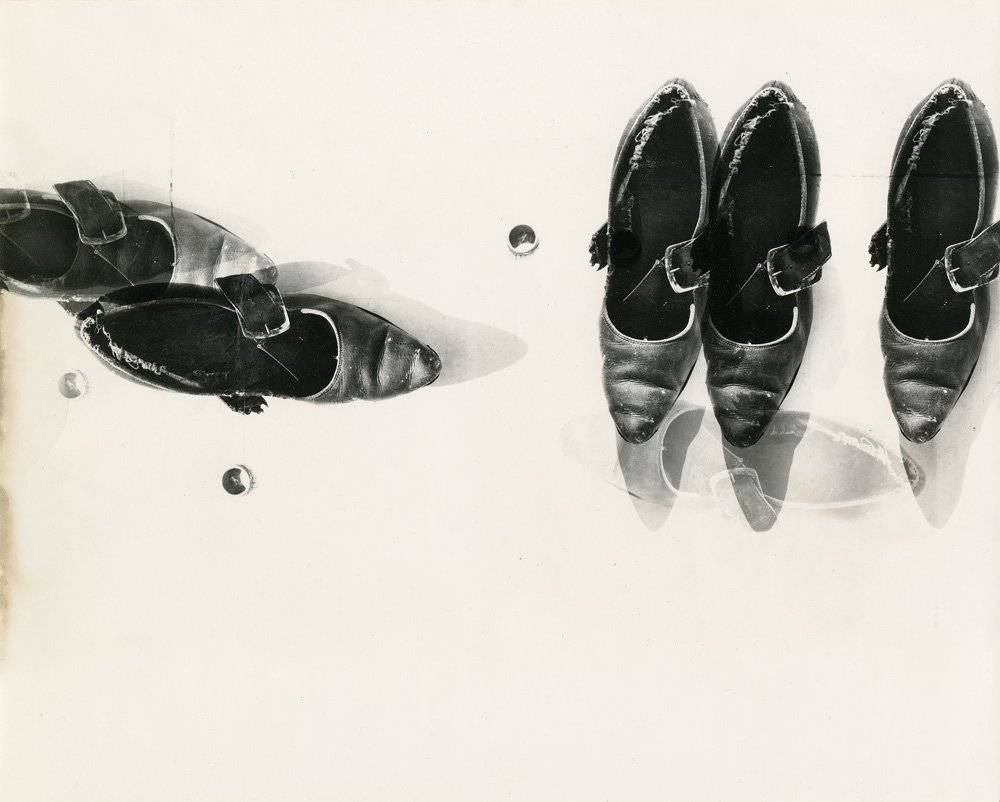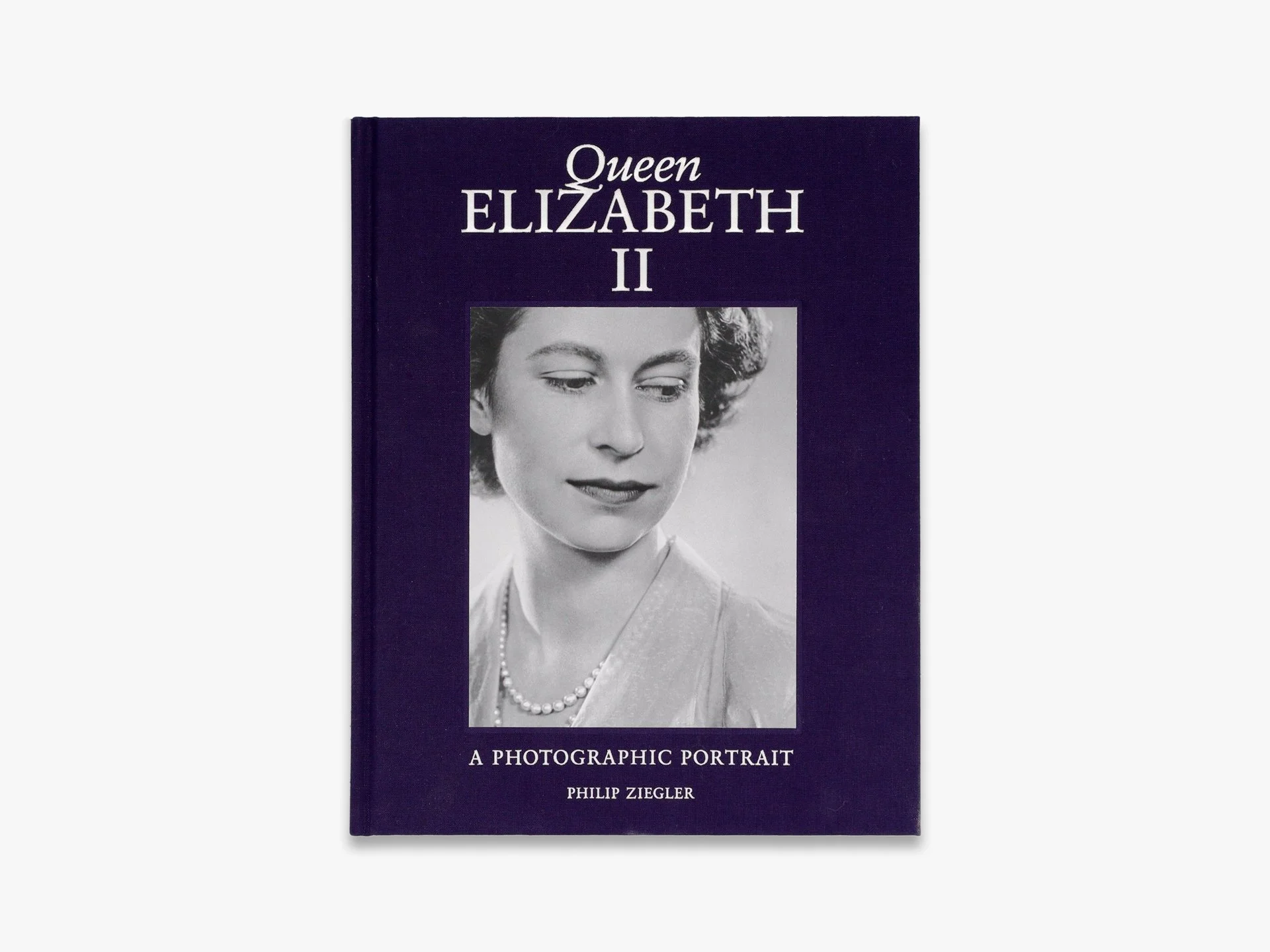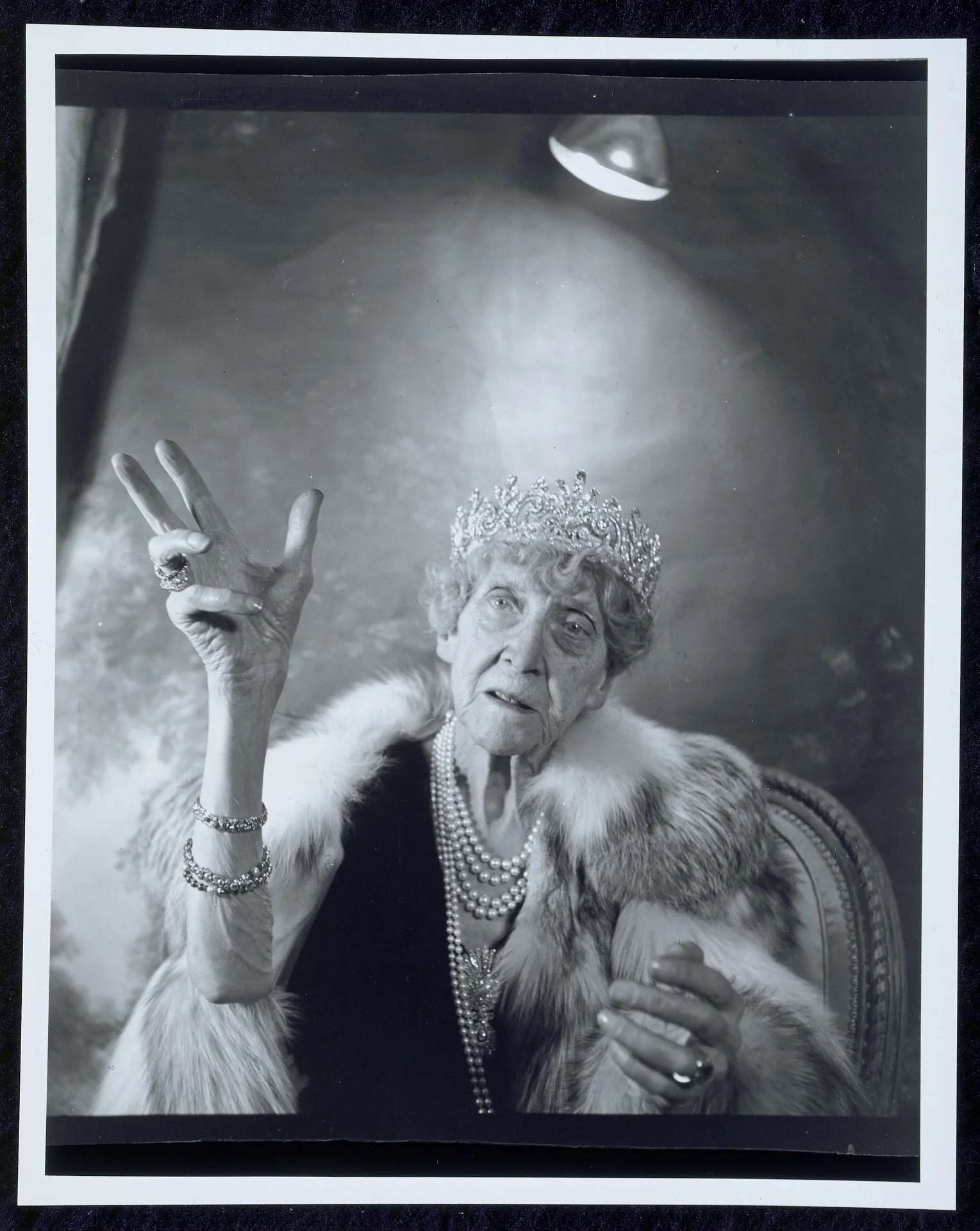Jay Defeo: Photographic Work
Untitled, 1973 | Jay DeFeo
Written by: Michael Galati
Most know Jay DeFeo as a painter and sculptor–her magnum opus, The Rose, being among the few works included Thomas Hoving’s Greatest Works of Art of Western Civilization. However, her photography, a medium that until now is not typically associated with her, proves just as provocative. A new book Jay DeFeo: Photographic Work, co-published by Delmonico Books and the Jay DeFeo Foundation, excavates DeFeo’s archival photography and uncovers a new side of one of the Beat movement’s most experimental and fearless artists. Playing with texture, movement, and light, DeFeo’s photography offers as much to photographic print as her paintings do to the canvas.
Untitled, 1973 | Jay DeFeo
DeFeo’s photographic work resembles her work across other mediums in that it too spans still life, portraiture, and landscape imagery, but it stands out for its focus on everyday objects. Where others may not give another thought, DeFeo finds expression in a garden flower, the loose strings of a violin, tattered shoes, and even a hand. No object is too uninteresting for DeFeo, progenitor of the colossus that is The Rose. The shift in subject–from the lofty to the quotidian–without downplaying what could be drawn from the subject makes these images compelling and shows us even more complexity in the dodecahedron of DeFeo’s epic portfolio.
Untitled, 1973 | Jay DeFeo
Take the tattered shoes above, for instance. A quick glance may fool the eye into thinking these were painted on canvas. However, a closer, more exacting eye sees the sharpness of the black against white, the degrees of the shadowing, the glossy reflection of the leather, and, somehow, the fading of one shoe into another as though they’re shadows themselves. The feat is that the image looks natural and artificial simultaneously, vacillating between having been worn and appearing as such out of air. A contemplation on femininity and class–tattered and tried but beautiful and fortitudinous–the shoes re-reveal our beingness in time, making us conscious once more.
Untitled (Salvador Dalí’s Birthday Party), May 11, 1973 | Jay DeFeo
Black and white is the primary color palette that DeFeo explores. DeFeo uses the contrast between black and white to simplify what the camera catches; despite this simplification, meaning is not lost–it is only deepened. The simplicity also refines the role that black and white play in the images. Whereas black is often thought of as the absence of light, DeFeo uses it to hold possibility, to provoke infinity. White, then, facilitates and, in some cases, accelerates that possibility. One image features the imprint of a hand, figured in black, against a white background. The depth of the black obscures its materiality: it looks at once inky and fiery, oily and shadowy. Near-impossible to tell, its contrast with the white background makes the hand look like it will supersede the confines of photographic form and grasp the viewer’s face as they stare into the etherizing darkness.
Untitled, 1971 | Jay DeFeo
Dauntless in her incorporation of different techniques, DeFeo’s images also draw interest in light and movement. In one photograph, DeFeo captures the frayed strings of a violin, their exactitude resembling flyaway hairs, their brightness sparks from metal on metal or lighting at midnight. Electrified by the contrast of the silence and stillness of the violin’s handle, the loose strings appear to travel at light speed. In still another image, DeFeo uses light to slow movement. Serpentine, vine-like branches tangle in a vortex of nature uninhibited, recalling time's slow, unending passage. The intricacies of the photograph resemble The Rose, infused with an almost trypophobic anxiety, the existential dread of possibility, the inescapability of looking and being looked at, and the drudgery of time slithering by.
Untitled, 1972 | Jay DeFeo
DeFeo defies singularity. At once a painter, sculptor, and photographer, she has delimited the generic capabilities of visual art. Jay DeFeo: Photographic Work is an intractable document not only for understanding DeFeo’s artistic career but also for studying the medium, learning from one of photography’s most forward-thinking artists. If DeFeo’s body of work is a cluster of stars in the sky, then this new book connects countless constellations out of the set. In many ways, then, the book does what DeFeo has been doing all along: it frames and reframes, arranges and rearranges, looks and looks again at what we thought art should be.













